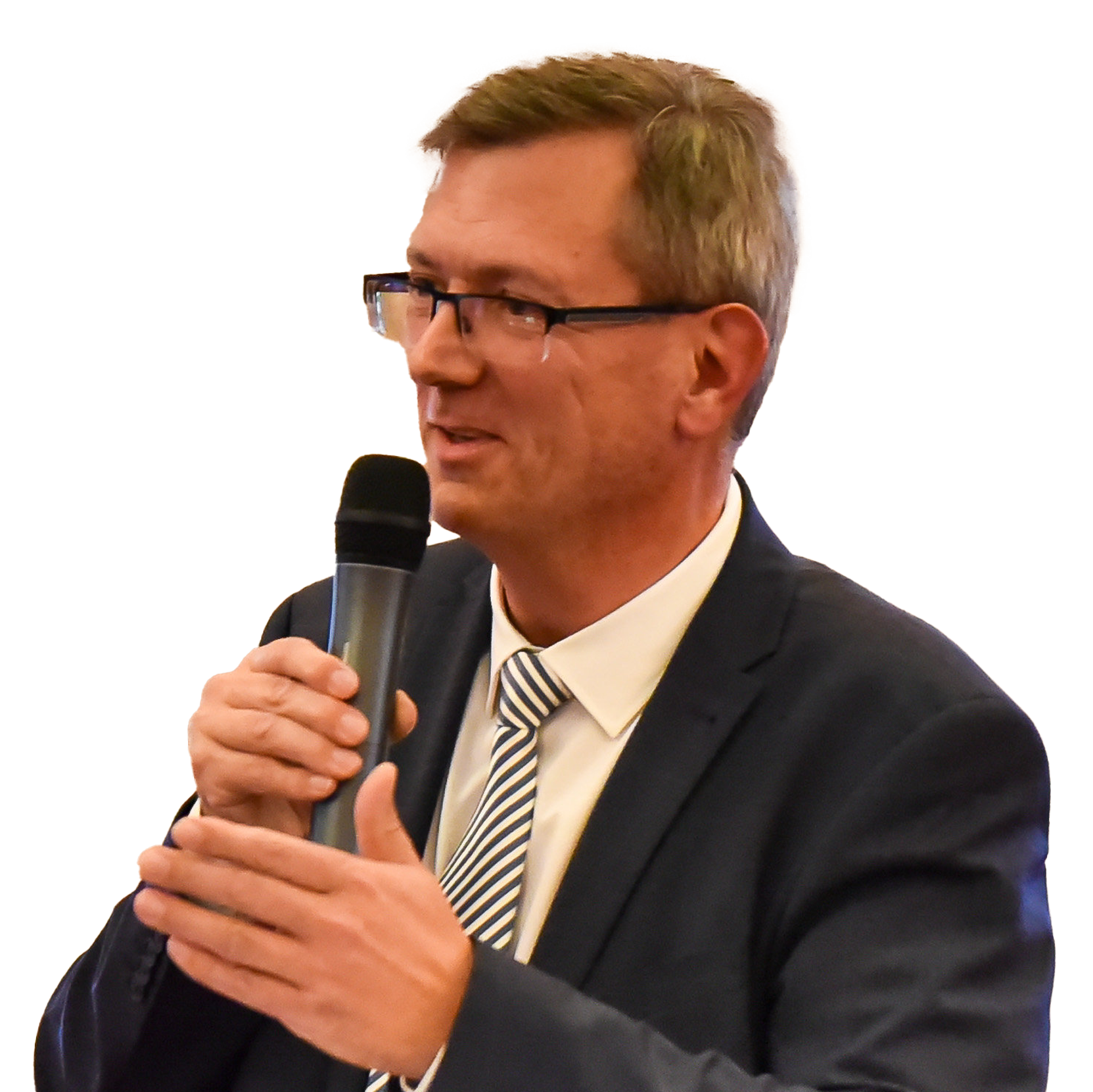
Bright future for EU’s green, innovative and efficient ports
On one hand, nothing has changed since we reviewed the state of EU transport at the end of the last Commission mandate: connectivity, decarbonisation and digitalisation remain top priorities. They shape much of our policymaking and continue to change the way we move around.
On the other hand, everything has changed. We have a Climate Law, setting emissions targets. We have legislation in place to ensure that the green and digital transitions are on track for transport. And we have regulations on sustainable fuels and recharging infrastructure. Others – on greening freight transport and promoting intermodal transport, for example – are in the pipeline.
On the digital side, technological development has continued in leaps and bounds, with automation moving closer, and artificial intelligence now firmly on our radar.
The world has also changed since 2019. First, the COVID-19 pandemic and then Russia’s unjustified invasion of Ukraine underlined the importance of prioritising ‘resilience’. This includes security.
Resilient transport is key to protecting our Single Market and keeping supply chains, including those that cross borders, intact.
Inland waterway transport is important for all the above reasons. It is one of the most sustainable ways to move goods around the EU and can reduce the need for road haulage. Through digital technologies such as navigation aids, it has become more efficient. Further digitalisation would boost efficiency even more. And inland waterway transport is helping to ensure resilient connectivity. We can see this in particular through the EU-Ukraine Solidarity Lanes, where the Danube Corridor has been a lifeline for Ukraine in terms of transporting its imports and exports.
EFIP has been instrumental in fostering coordination within the sector, and I thank you for that.
Inland waterways are nothing without ports. These ports – and I have had the pleasure of visiting many – are essential within the EU’s Trans-European transport network (TEN-T). They are indispensable logistics and transport nodes within supply chains. Many of the EU’s largest maritime ports have only become the logistical hubs that they are today thanks to the hinterland links that inland waterways provided.
Inland ports do however need efficient hinterland connections of their own, in particular, to rail infrastructure and trans-shipment facilities, to secure smooth connections, and to increase their share of freight transport.
In becoming ‘transport interfaces’, inland ports can connect waterborne vessels with rail, another sustainable transport mode. But they can also become hubs for sustainable mobility and clean energy in their own right.
I am pleased to see ports getting involved in EU- funded research and innovation projects, including those funded under the Zero-Emissions Waterborne Partnership. I expect advances in collaborative berth planning, shore power use, GPS positioning and automation to become increasingly important as ports seek to identify and implement solutions that increase energy efficiency, for example.
I look forward to the day when the most sustainable ports’ best practices become the norm elsewhere. To help usher in this new era, we have launched a study to identify and assess the environmental impacts of inland port operations, plus those of their connecting seaports and connecting modes (rail, road). It is also focused on pinpointing environmentally friendly, sustainable solutions.
The study is helping to develop and implement Environmental and Sustainable Management Systems tools, define actions for sustainable port management and operations, and test them in pilot projects in at least five ports. I am confident that the tool will later be used in other ports as well, especially smaller ports that often lack the resources to develop such solutions themselves. I am looking forward to the results, due by the end of 2025.
We already know the sector’s green credentials. We know that inland ports are helping to make freight transport more resilient. And with more coordination, innovation and digitalisation, we will also see greater efficiency – both time and cost. This will automatically increase the modal share of inland waterways.
Congratulations to EFIP on your first 30 years. Keep up the good work, and I look forward to continuing our very constructive and positive collaboration.







